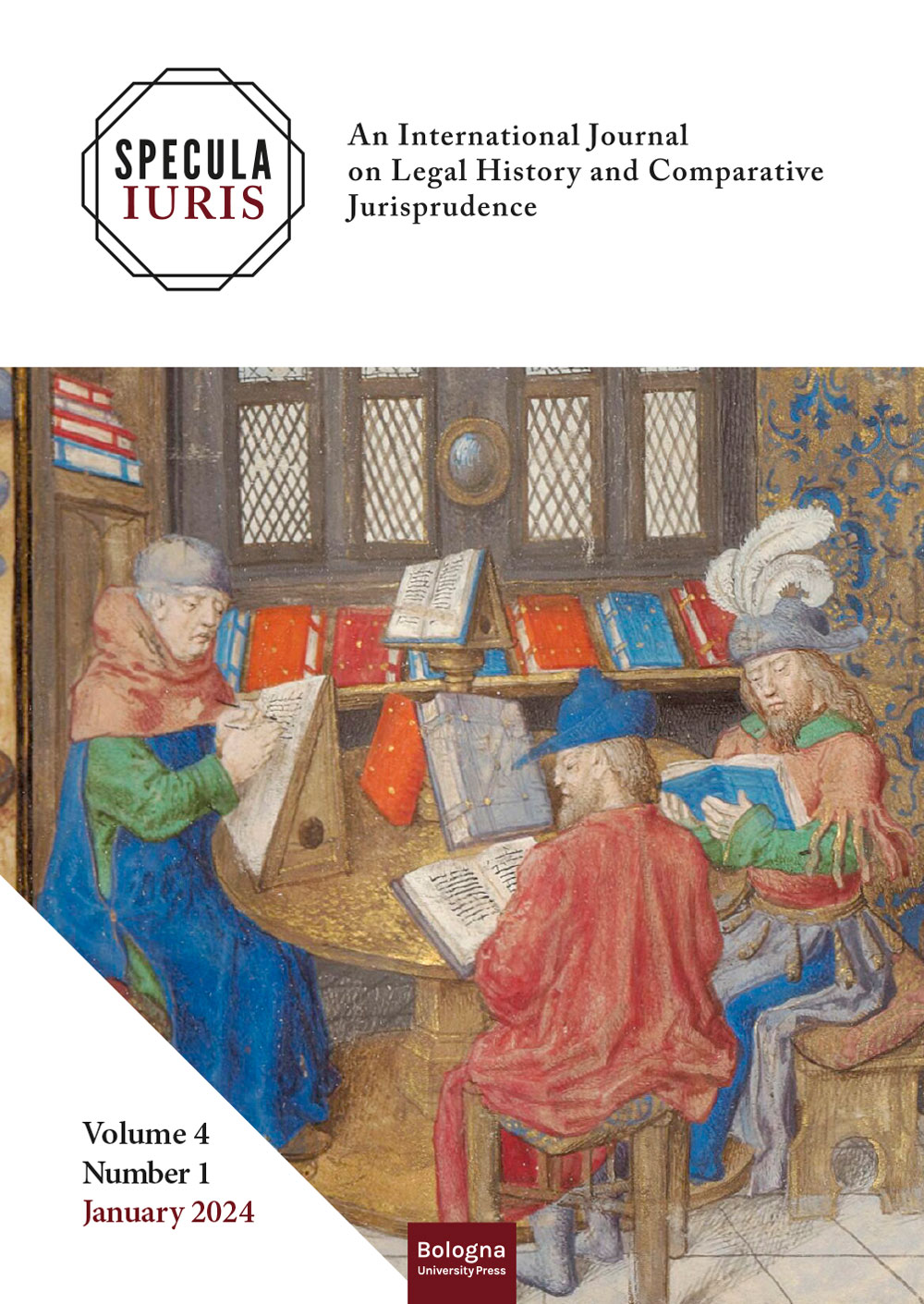
Published 2025-01-13
Keywords
- Cesspit, usufruct, Coase Theorem, delict, servitude, paries communis
How to Cite
Copyright (c) 2025 Thomas A.J. McGinn

This work is licensed under a Creative Commons Attribution 4.0 International License.
Abstract
The question of how the rules of Roman private law intersected with lived experience is a longstanding problem in the scholarship, and often not a particularly easy one to resolve. This paper attempts to utilize archaeological evidence to shed light on this problem, in particular a cesspit, recently uncovered in the course of excavations at Pompeii, that appears to have been shared between two properties. It examines the relevance of the Roman rules to such a phenomenon in light of the tenets of New Institutional Economics (NIE), focusing on the Coase Theorem. NIE represents a methodological approach that has been increasingly popular in the analysis of Roman private law in recent years. The article aims to encourage greater resort in future by experts in our field both to study of the material evidence and to further exploration of the possibilities of clarification of various problems offered by invocation of the principles of NIE. At minimum, it seeks to offer points to ponder in this area.
